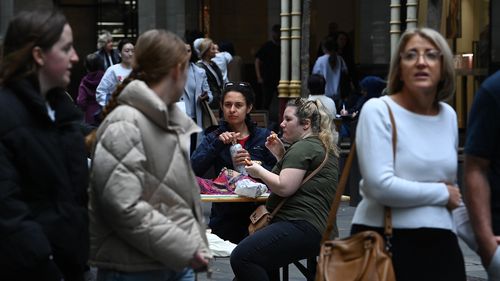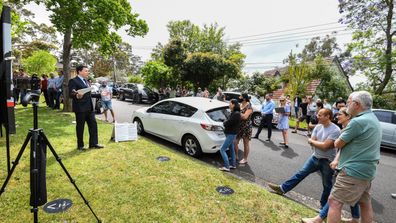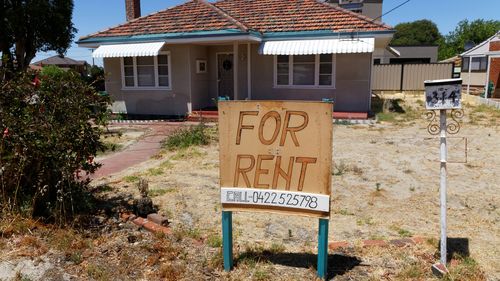That’s slightly higher than market expectations, which had been predicting a figure of 3.5 per cent.

On a quarterly basis, the CPI actually increased – up from 0.6 per cent to an even 1 per cent, also ahead of what the market was expecting.
“The CPI rose 1.0 per cent in the March quarter, higher than the 0.6 per cent rise in the December 2023 quarter,” ABS head of prices statistics Michelle Marquardt said.
“Annually, the CPI rose 3.6 per cent to the March 2024 quarter.
“While prices continued to rise for most goods and services, annual CPI inflation was down from 4.1 per cent last quarter and has fallen from the peak of 7.8 per cent in December 2022.”
While the figures are now closer to the RBA’s target range of 2-3 per cent, the drop isn’t likely to be substantial enough for the Reserve Bank to implement a rates cut in the coming months.
Two of the main drivers of the quarterly increase were education and healthcare costs, which rose 5.9 and 2.8 per cent respectively.

Sydney suburbs where housing prices don’t drop below $3.9 million
“Education fees increased with the start of the calendar year, showing the strongest quarterly rise since 2012,” the ABS said.
“Prices for medical and hospital services typically rise in the March quarter as GPs and other health service providers review their consultation fees.
“The Medicare and Pharmaceutical Benefit Scheme Safety Net thresholds are also reset at the start of the calendar year, meaning fewer people qualify for subsidised prices for out-of-hospital services and pharmaceuticals.”

Meanwhile, housing and insurance both continued to be a thorn in the side of Australian wallets.
Insurance and financial service costs rose 8.2 per cent over the last 12 months, with insurance premiums surging by 16.4 per cent – their highest annual increase since 2001.
Housing was up 4.9 per cent, and the rise was even greater for rentals, which recorded their biggest increase rise since 2009 of 7.8 per cent.






